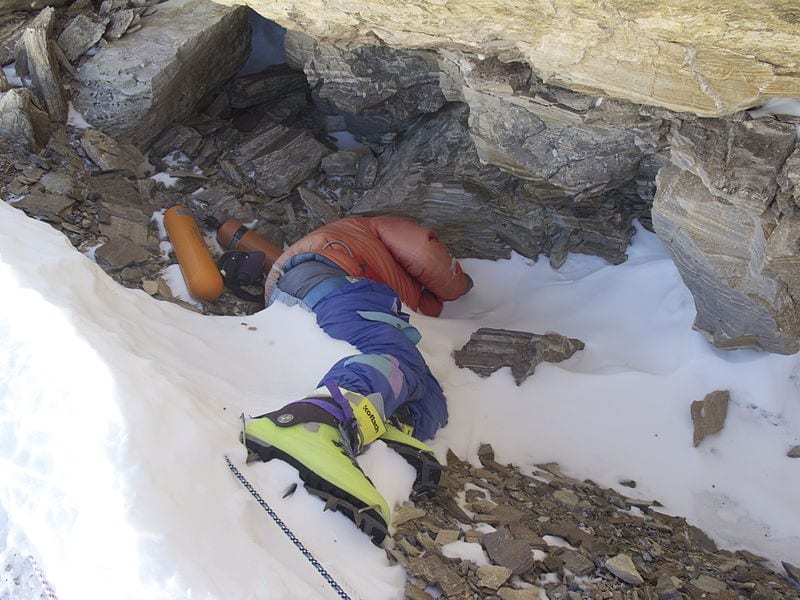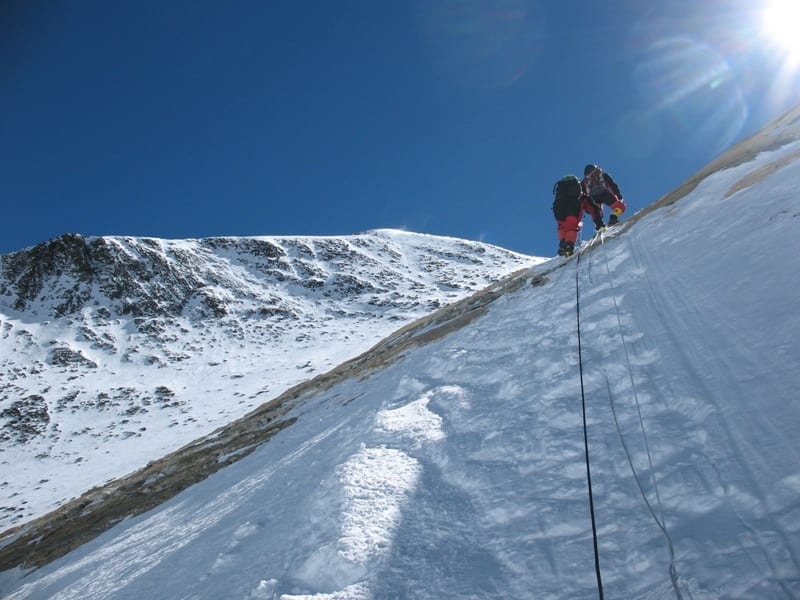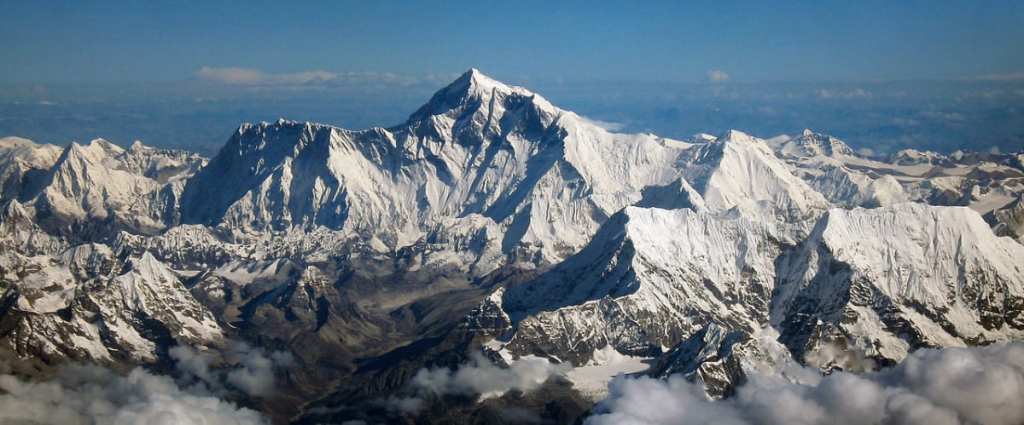The first recorded attempt to summit Mount Everest was by the British Mount Everest Expedition in 1922 – 7 people died, and since then, it’s believed that around 300 people have lost their lives in their quest to stand on top of the world.

Image Credit: Public Domain
With frostbite, hypothermia, psychosis, avalanches, falling rocks and deep crevices standing between you and the top – and the bottom on your way back down – even attempting the trek is to stare your own humanity in the face. People who do it must, somehow, find a way to be okay with the very real chance they may never return.
Some bodies were able to be recovered and removed, while others infamously serve as landmarks for hikers to this day. More have been left where they fell because, for various reasons, they were not able to be returned to their families.

Image Credit: Maxwelljo40
Now, due to the mountain’s melting ice caps, some of those more obscure bodies are again exposed to the light of day, says Ang Tshering Sherpa, former president of the Nepal Mountaineering Association.
“Because of global warming, the ice sheet and glaciers are fast melting and the dead bodies that remained buried all these years are now becoming exposed.”
If you die on the mountain and don’t want to stay there, your family will have to navigate politics in two different foreign countries and pay a hefty sum (upward of $70k) – and that’s if it’s even possible at all.
A government liaison officer told the BBC that he has “retrieved around 10 dead bodies in recent years from different locations on Everest and clearly more and more of them are emerging now.”
If you’re insane and think you want to summit Everest before (or while) you die, you’d better hurry. A 2015 study revealed the mountain’s glaciers are losing ice so fast that up to 99% of them could be gone by the end of the century.

Image Credit: Wikipedia
In 2018, researchers drilled into the Khumbu Glacier and found the minimum ice temperature was only about 26 degrees F, with the coldest ice being almost 4 degrees warmer than the mean annual air temperature.
Which means eventually all of the bodies will be laid bare, and you aren’t going to need any special gear (except perhaps oxygen) to climb past.






